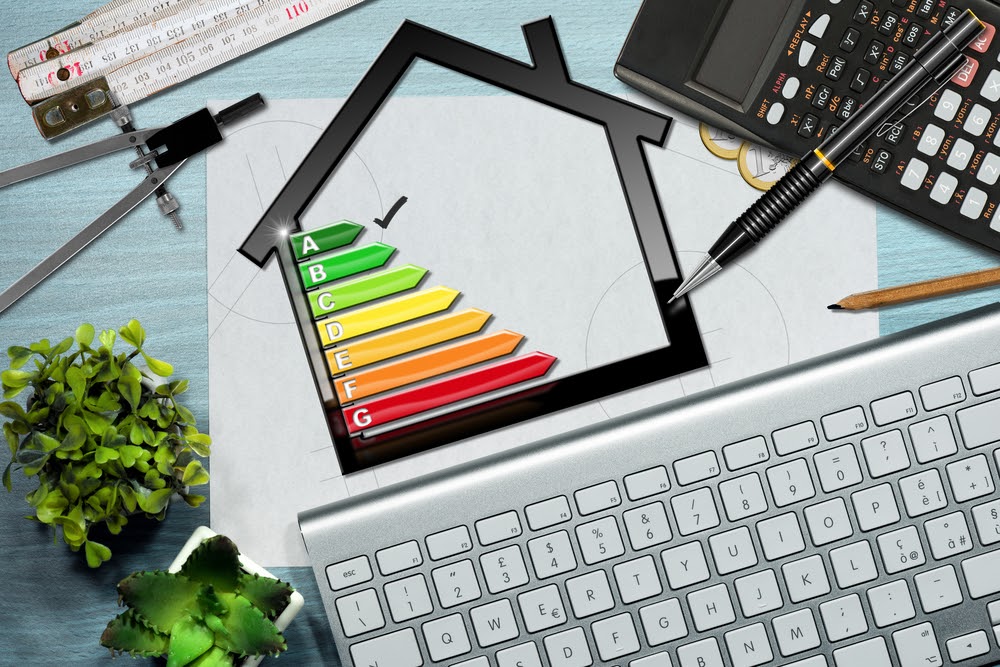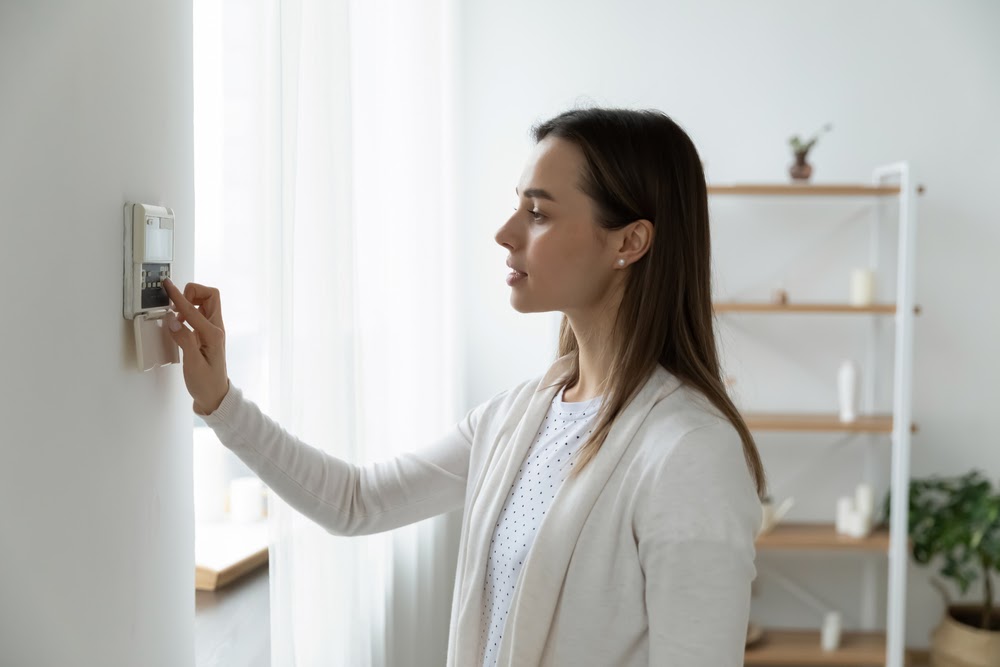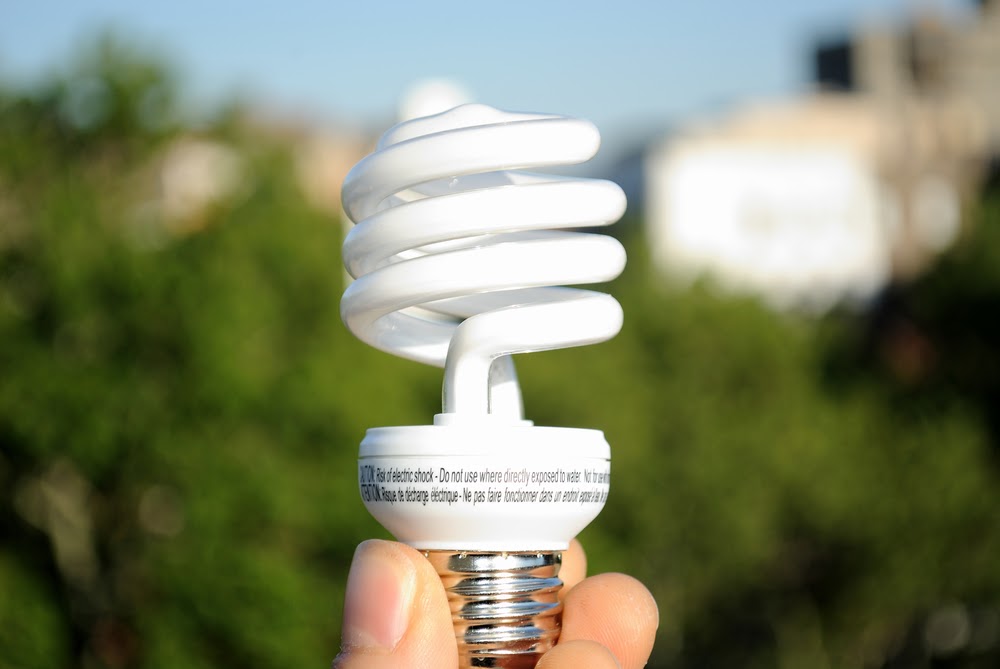How to Implement An Energy Efficiency Program At Home
According to the Energy Information Administration, the average household in the U.S. uses air conditioning, electronic devices, and appliances more than ever before. The more you use these devices, appliances, and systems, the higher your energy bills will climb.
If you want to save money–and do your part to protect the planet–consider implementing an energy efficiency program at home. In other words, start making small changes and investing in upgrades to make your home more energy efficient. Follow these steps to get started:

Conduct A Home Energy Audit
A home energy audit is an assessment of how you currently use energy at home. It helps you identify areas where you are wasting energy and opportunities to improve your home’s energy efficiency.
There are two ways to conduct a home energy audit. You can either hire a professional, which will cost hundreds of dollars, or you can conduct an audit for free using the benefyd app.
You can complete a home energy audit using the Benefyd app in as little as five minutes. All you need to do is download the app, answer the questions that appear on the screen, and review your results.
After you answer all of the questions, the app will provide you with a list of recommendations on improving your home’s energy efficiency. This report will even tell you how much you could potentially save by implementing each recommendation. The app will also search for energy efficient rebates in your area that you may qualify for based on the information you provided.
If you aren’t sure where to begin when it comes to making your home more energy efficient, conducting a home energy audit is a great place to start. The results of an audit will point you in the right direction so you know what you need to do to save money and reduce your home’s energy consumption.

Focus On Heating and Cooling
Heating and cooling accounts for about half of your home’s energy usage, which is why this should be an important focus of your energy efficient program at home. There are plenty of ways to improve the energy efficiency of your heating and cooling system. Here’s what to do:
- Use a programmable thermostat to preset heating and cooling schedules. Make sure your heating and cooling system turns off during the hours when no one is home.
- Replace your air filters once every three months. The dirtier the air filters, the harder your heating and cooling system will need to work to distribute air throughout your home.
- Keep cool with a ceiling fan. Using a ceiling fan will allow you to turn the temperature on your thermostat up by about 4 degrees.
- Hire a professional to seal the air leaks in your ducts. Doing this will prevent cool and hot air from escaping so your heating and cooling system won’t need to consume as much energy to maintain the right temperature in your home.
- Adjust the temperature on your thermostat. To maximize your energy efficiency, keep the temperature on your thermostat as close as possible to the temperature outside.
You should see a major difference in your energy bills after making these small changes to your heating and cooling system.

Adopt Energy Efficient Lighting Strategies
Lighting is another area you should focus on when implementing an energy efficiency program at home. Lighting accounts for about 12% of your annual energy costs. Here’s what to do to save energy and lower the cost of lighting in your home:
- Replace your traditional light bulbs with light-emitting diodes (LEDs) or compact fluorescent bulbs (CFLs). Both types of energy efficient light bulbs are designed to last longer and consume less energy than traditional bulbs.
- Turn off the lights when they’re not in use. Get in the habit of turning off the lights whenever you leave a room or leave your home.
- Install dimmer switches. These switches give you more control over how much energy your lights are consuming.
- Invest in motion sensors for outdoor lights. This way, your outdoor lights will only turn on when motion is detected so you won’t waste energy by keeping them on all night long.
- Take advantage of natural light. Open the curtains or blinds and let natural light into your home instead of relying solely on artificial lighting.
- Choose the correct size and brightness when buying light bulbs. Using bulbs that are too big or bright for your light fixture will waste energy.
Following these steps can drastically lower your monthly utility bills, reduce your home’s energy consumption, and shrink your carbon footprint. Once you’ve completed these steps, feel free to make other changes and upgrades to maximize your home’s energy efficiency!


